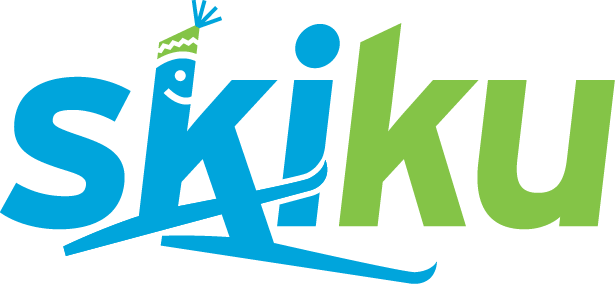Physical education in grades 9-12 is the final opportunity for Alaskan students to establish positive physical activity habits and to become lifelong movers. High school physical education emphasizes fitness and lifetime physical activity for all students, including students with special needs. Students select a variety of activity courses (individual/dual sports, team sports, non-competitive sports, dance/rhythms, aquatics/water safety, adventure/outdoor activities, and activities unique to Alaska); set goals; and identify local, regional, state, and national venues and programs to enhance their physical activities and/or fitness. Students are encouraged to take physical education every year to meet Alaska Physical Education Standards.
Standard A
Demonstrate competency in motor and movement skills needed to perform a variety of physical activities:
- Demonstrate competent skills while participating in adventure/outdoor activities (e.g., Alaskan cultural physical activities, hunting, fishing, skiing, biking, hiking, wilderness survival, camping).
Standard B
Apply movement concepts to the learning and performance of physical activities:
- Use a variety of complex movement patterns, independently and routinely, to improve skills.
- Acquire new skills while continuing to refine existing ones.
- Identify basic biomechanical principles as they pertain to movements within a physical activity.
- Recognize various levels of performance (novice, competent and proficient).
- Apply knowledge of major muscle groups to improve performance and/or create training plans.
- Explain to others the importance of strategies and safety procedures for success while participating in physical activity (e.g., weightlifting, wearing a helmet while snowboarding).
Standard C
Participate regularly in physical activity:
- Develop evidence-based personal activity plans that include self-selected physical activities and sports.
Standard D
Apply fitness concepts to achieve and maintain a health-enhancing level of personal fitness:
- Design, implement, monitor, and adjust a personal fitness program to meet personal needs and goals for a lifetime.
Standard E
Exhibit personal and social behavior that respects self and others in physical activity settings:
- Demonstrate leadership by holding self and others responsible for following safe practices, rules, procedures, and etiquette in all physical activity settings.
- Demonstrate an understanding of responsible personal and social behaviors in physical activity settings.
- Accommodate individual differences. (e.g., ability levels, gender, ethnicity, disability among people, and physical activities of a variety of actions, culture, and ethnic origins).
- Exhibit sportsmanship/etiquette in all physical activity settings.
Standard F:
Value physical activity for health, enjoyment, challenge, self-expression, and/or social interaction:
- Enjoy the challenge of working hard and the satisfaction of improving skills.
- Seek personally challenging experiences in physical activity opportunities.
- Recognize physical activity as a positive opportunity for social and group interaction.
- Analyze selected physical activity experiences for social, emotional, and health benefits


